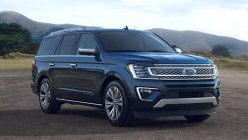With the passage of the TRAIN law, one of the most prominent (and controversial) changes is the levying of higher excise taxes on fuel. Naturally, this translates to higher prices at the pumps, and Pinoy motorists paying for fuel out of their own pocket are definitely feeling the pinch. Coupled with traffic jams that threaten to increase one’s fuel consumption even further, the situation doesn’t look good for our wallets.
The logical solution would be to follow the standard fuel-saving remedies we’re used to hearing or reading about: keeping tires properly inflated, maintaining the engine, reducing weight, and so on. But sometimes, doing the usual isn’t enough to save that precious drop of gas. Motorists, then, turn to a drastic but effective solution: the practice of hypermiling.
So, are you ready to improve your fuel economy?
How To Hypermile a Car
>>> Related post:
1. Defining hypermiling
Merriam-Webster defines hypermiling as “the use of fuel-saving techniques (such as lower speeds and frequent coasting) to maximize a vehicle’s fuel mileage”. The term was coined in 2004 by an American named Wayne Gerdes, who achieved the equivalent of 25 kilometers per liter on his Honda Accord, which was normally rated at 15 kilometers per liter on highway driving.
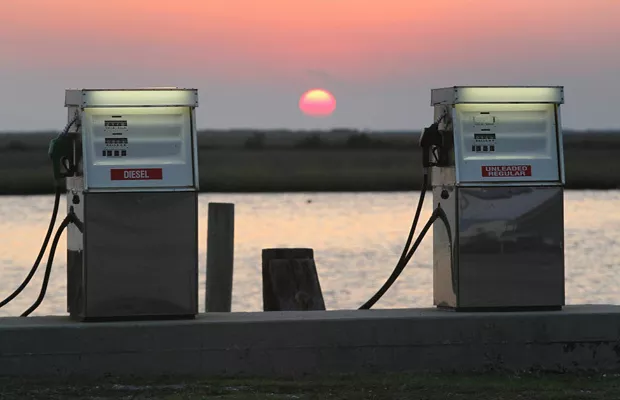
Gerdes got the hypermiling movement rolling through his website, CleanMPG.com, which has given birth to thousands of fans and enthusiasts worldwide.
The keyword in hypermiling is “extreme”, that is, hypermilers use methods that may be considered excessive by ordinary motorists. The essence of hypermiling can be narrowed down to one goal: to use the brakes and the gas pedal as little as possible. In the process, you skirt around the car’s technical limitations when it comes to fuel consumption, squeezing out more kilometers from each drop of fuel in the tank.
When a car accelerates, it uses fuel, even more so when it accelerates from a standstill. From a cold start, a car can take up to 8 kilometers to get the engine running at optimum temperature and efficiency, which means that several short trips will cost you more fuel per kilometer than one long cruise. And every time the brakes are applied to slow the car down, the forward momentum is interrupted, effectively wasting the fuel that you spent in bringing the car up to speed.
The idea behind hypermiling is that the less you use either of them while driving, the more fuel you save, and the farther you get to travel on a single tank of gas. The important thing to know about hypermiling is that it’s not so much about modifying your car, or even changing it to a more fuel-efficient model (like an expensive hybrid or some other sophisticated model) altogether. The crucial thing here is the change in your driving habits.
>>> Here are 6 driving habits to cut off up to 25% fuel consumption
2. Can any car be used for hypermiling?
Just about any car, new and old, can be used for hypermiling, which is important if everybody wants to save on fuel consumption. But the results might be more evident in larger vehicles such as SUVs, which are inherently less fuel-efficient than, say, compact cars.
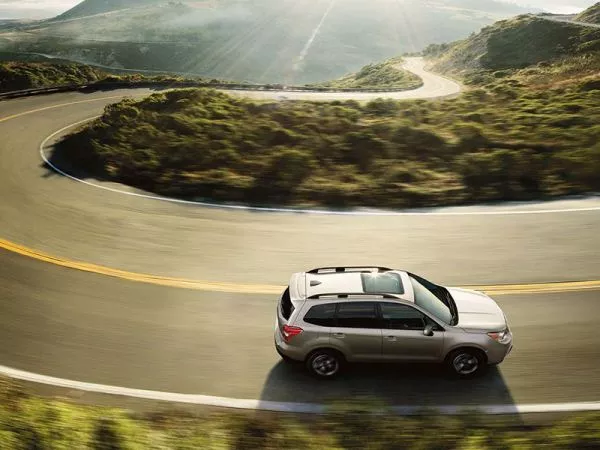
SUVs are inherently less fuel-efficient than compact cars
SUVs have to contend with their size, for instance, which means more weight for the engine the pull around and therefore, more fuel to consume. They also tend to suffer more from the effects of wind resistance, since their bodies are usually engineered for capacity, not aerodynamics. And having more powerful engines means there’s always the temptation to keep the foot on the gas pedal, using up even more fuel. That said, if you're really into an SUV, click here to find out top 10 most fuel efficient SUVs in the Philippines.
Generally, hypermiling won’t bring you any additional costs if done correctly, and it works best if you’re stuck with an older car model either because it has poor resale value, you can’t secure a car loan just yet, or you just want to keep driving it until the day it falls apart on you.
3. The mechanics of it all
Right, so you’ve finally decided to give hypermiling a try. But before you get all excited at the prospect of saving more gas than you ever thought possible, you need to prepare your ride first.
3.1. Assess your vehicle’s capability
Car manufacturers tout fuel consumption figures as part of their car’s selling points. Even if you’re driving an older model, you can still reference it, whether it’s the advertised fuel consumption through their marketing material or the actual real-world figures by talking to others who drive the same model you have. The important thing is that you have a baseline with which to compare your efforts at more efficient driving, and at the very least, it will indicate whether you have been getting close to those figures or nowhere near them.
3.2. Have your vehicle checked
Now that you know more or less what to expect in terms of your car’s fuel-sipping potential, it’s time to make sure that your ride is actually prepared for the task.
First, check your tire pressure. Underinflated tires increase the contact patch that comes in contact with the road surface, which means more friction that leads to increased fuel consumption. Note your car manufacturer’s listed tire inflation rating written near the driver’s side door, then add a little, around 3 to 5 psi. Also have your wheels aligned and balanced evenly.
Next, use the lowest viscosity motor oil that the manufacturer recommends. Thinner oil is lighter, reducing the amount of work that the engine has to do since it’s easier to pump.
Third, if they are due for replacement, change your spark plugs to high-performance ones that generate a larger spark in the combustion chamber, resulting in more complete fuel burning for more power, better efficiency and reduced emissions.
Fourth, unless you absolutely need them, remove any external accessory that can affect your car’s aerodynamics, such as roof racks and bull bars, as well as keeping all doors and windows closed, even the sunroof.
Fifth, shave off excess weight by offloading extra cargo that you don’t really need on a daily basis.
Sixth, make sure that your windshield, headlights and mirrors are all clear and working properly. Hypermiling largely involves gauging your distance from other cars, requiring optimum visibility at all times.
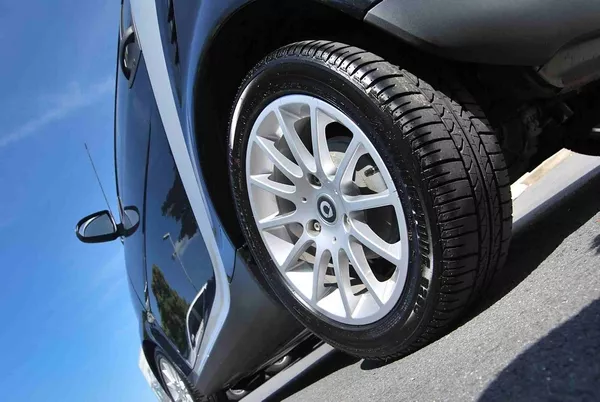
First, check your tire pressure
Now that your car’s prepped, it’s time to get behind the wheel and put those fuel-saving techniques to practice.
Avoid idling, which uses up more fuel by increasing the engine’s RPMs. Same reason why you shouldn’t coast in Neutral, since the engine will think you’re idling. More extreme drivers will even go so far as to turn off the engine while coasting, deactivating other important aspects of the car such as the power steering and the brakes. Veteran hypermilers point out that this should not be attempted by inexperienced drivers.
When shifting, keep your RPMs down. Easy enough if you’re driving a manual since you have full control of the car’s shift points, but it’s also possible with an automatic if you accelerate very slowly. When going from a complete stop, avoid jackrabbit starts.
If you’re driving in the city, which is where traffic tends to be at its worst, there’s always two or three routes to get to a particular destination. If the shorter route tends to have heavier vehicular traffic, go for the longer route that doesn’t have as much traffic; it enables the car to build enough momentum to operate more efficiently by reducing unnecessary starts and stops.
Don’t rush to an intersection, because when an unexpected hazard comes up, you will be forced to brake abruptly, which instantly wastes the fuel you just burned. Take your foot off the accelerator pedal and coast toward it, while looking three cars ahead. If you have to, try to slow down in increments, avoiding as much as possible to come to a complete stop. If you’re lucky, the light will turn from red to green just in time, and you will still have enough momentum to accelerate the car without using too much fuel. Anticipation is key, not only to save fuel, but to extend the life of your brakes too.
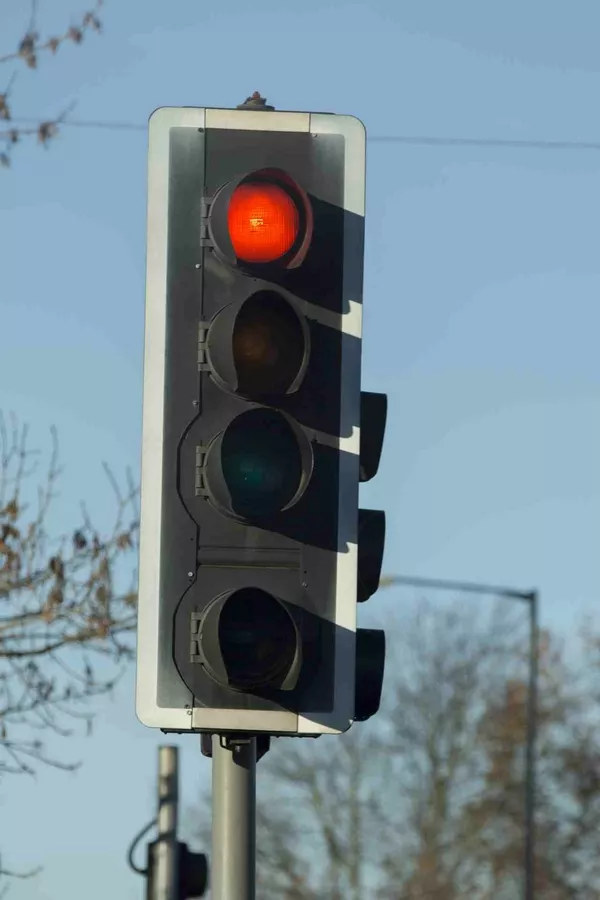
The light will turn from red to green just in time, and you will still have enough momentum to accelerate the car without using too much fuel
Another trick at traffic-infested intersections: accordion driving. When the car in front of you has moved a certain distance ahead, slowly move behind it, timing your acceleration so that the other car is moving again by the time you reach it, again lessening the number of starts and stops.
When parking at the mall, go for the first available parking space you can find. When you insist on looking for the parking slot nearest the entrance, chances are you’ll have to wait idling in place, or you’ll switch off the engine, only to turn it on again when the occupying car finally leaves.
On highway cruises, try to stay below or exactly at the speed limit, not above it. The faster you go, the more your car has to burn fuel and the more wind resistance you encounter, increasing your consumption. Maintaining a cruising speed of between 80 and 90 kph seems to yield the best results. And if your vehicle has cruise control, use it, since it will help you from creeping up in speed, which is the natural tendency when driving on the highway.
Avoid tailgating, since it is inefficient and is largely dependent on your reflexes when the vehicle in front of you suddenly brakes. Leave a gap of 7 or 10 seconds from the vehicle ahead of you on the highway, so that if the other vehicle has to stop, there is still enough time for you to maneuver around it while conserving your forward momentum.
One technique that utilizes this is drafting, where you travel behind a larger vehicle at speed, reducing your aerodynamic drag considerably. However, this is a dangerous maneuver, and discouraged by veteran hypermilers.
When parking at an incline, park face down, so that you can just start up and drive off when it’s time to go. An added benefit is that you can coast downhill without throttle input.
And if you can help it, avoid using air conditioning, since the compressor is powered directly by the engine, which uses more fuel. At speeds of up to 60 kph and traffic permitting, you can roll down your windows since this has minimal effect on aerodynamic drag.
>>> You might be surprised to know that not turning left can also help you save fuel. Click here to find out.
4. Fuel-saving numbers
How much does hypermiling save you gas? It really depends on your car, the driving conditions and your driving style. All things being ideal, hypermiling can get you between 25% to 40% savings in your fuel consumption.
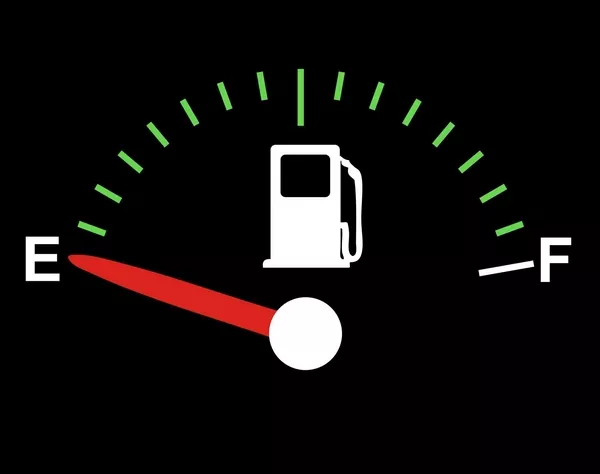
How much does hypermiling save you gas?
The best way to determine how much hypermiling benefits you is to keep track of your progress. A fuel log will help you monitor just how much you’ve saved on gas, with the constant objective of outdoing your previous effort and coming up with even better figures each time you drive. Some hypermilers will even install after fuel gauges that give real-time feedback on fuel consumption; they call these “game gauges” because these devices turn regular commutes into challenges.
5. Pitfalls
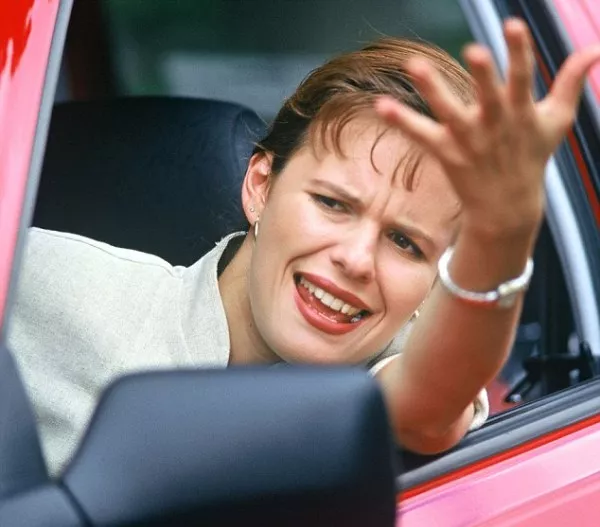
The most common drawback is the dirty looks you get from other motorists
While hypermiling has its advantages, probably the most common drawback is the dirty looks you get from other motorists who don’t understand (or approve) of what you’re doing, since the net effect on them is to slow them down. They’ll honk their horns aggressively, shout at you, or they might even resort to throwing you obscene gestures.
6. Long-term effects
When executed properly over an extended period of time, hypermiling not only saves you fuel, but it also develops positive habits in you as a driver. It teaches you patience and how to use your resources conscientiously. You become more observant and develop more defensive driving techniques which will help make your car last longer.
Since you reduce your fuel consumption, you lessen dependence on it as a whole. And with reduced dependence on fuel, the environment will also benefit, primarily in the form of less emissions, which translates to cleaner air.
While it takes some getting used to (and a lot of diligence on the part of the driver), hypermiling could be the way Pinoy motorists effectively maximize fuel between stops at the pump. It’s not as flashy as getting the latest hybrid or as technical as tweaking your engine mapping, but it teaches us that the first step to saving fuel is adjusting the nut behind the wheel.


